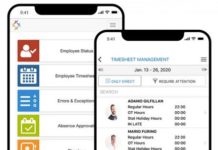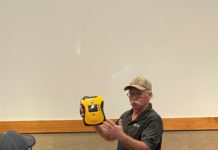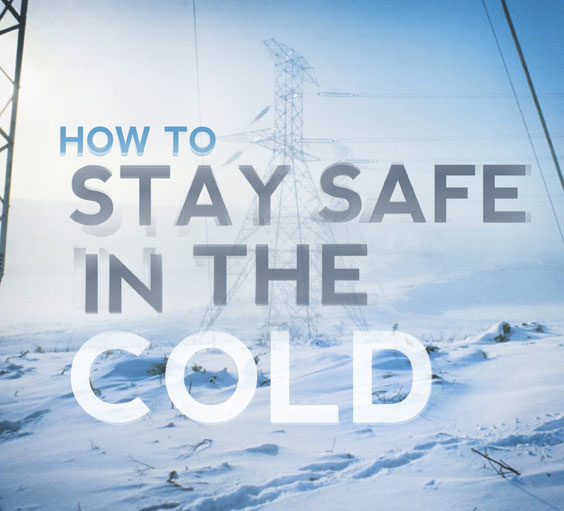November 2021 MPACT Safety Update
Summary
This month for our MPACT Safety training we focused on winter weather safety. The hazards and precaution key items we discussed include winter driving, work zone traffic safety, being stranded in a vehicle, and various issues related to working in snowy conditions. Below is a more in-depth breakdown of each key item.
Winter Driving
As we enter the winter season, it is important to take extra precautions as we drive. Although we are not able to control roadway conditions, we can always focus on driving safely. Now is the time to inspect your vehicle to make sure everything is working properly.
- Brakes: Brakes should provide even and balanced braking. Also check that brake fluid is at the proper level.
- Cooling system: Ensure a proper mixture of 50/50 antifreeze and water in the cooling system.
- Electrical system: Check the ignition system and make sure that the battery is fully charged and that the connections are clean. Check that the alternator belt is in good condition with proper tension.
- Engine: Inspect all engine systems and ensure you have no warning lights on the dash.
- Tires: Check for proper tread depth and that there are no signs of damage or uneven wear. Check for proper tire inflation.
- Oil: Check that oil is at a proper level and is regularly being changed.
- Visibility systems: Inspect all exterior lights, defrosters, and wipers.
Stranded in a Vehicle in Winter
If you are stranded in a vehicle, stay in the vehicle. Do not leave the vehicle to search for assistance unless help is visible within 100 yards. Call for emergency assistance if needed, and notify your supervisor. If you have to exit the vehicle, try to wear high visibility clothing so other motorists can identify you.
Working in Winter Conditions
- Shoveling snow: Shoveling snow can be a strenuous activity as cold weather can be taxing on the body. Be sure to stay hydrated and drink warm liquids and take breaks in warm areas. As you are shoveling keep your back straight and lift with your legs, do not turn or twist your body, and try to push the snow instead of lifting it.
- Using powered equipment: When using equipment such as snow blowers, make sure they are properly grounded to avoid electrocutions. When performing maintenance or clearing, make sure the equipment is properly guarded and disconnected from power sources (not running).
- Clearing snow when working at heights: Always assess the situation for potential hazards and plan how to do the work safely. Try to use snow removal methods that do not require you to get on the roof. Never get on a roof or on a heightened surface without fall protection.
- Preventing slips on snow and ice: To prevent slips, make sure to clear walking surfaces of snow and ice, and spread deicer as soon as possible. Wear insulated and water-resistant boots with good rubber treads.
- Clothing: Wear at least 3 layers of loose-fitting clothing, insulated gloves, boots, and something to cover the head and ears. Stay dry, and if needed pack extra clothes to change if you get wet.









